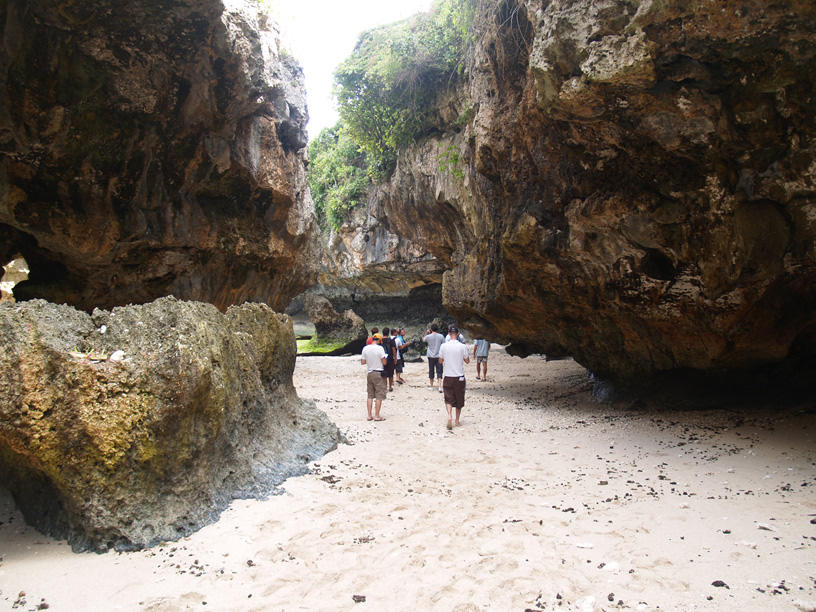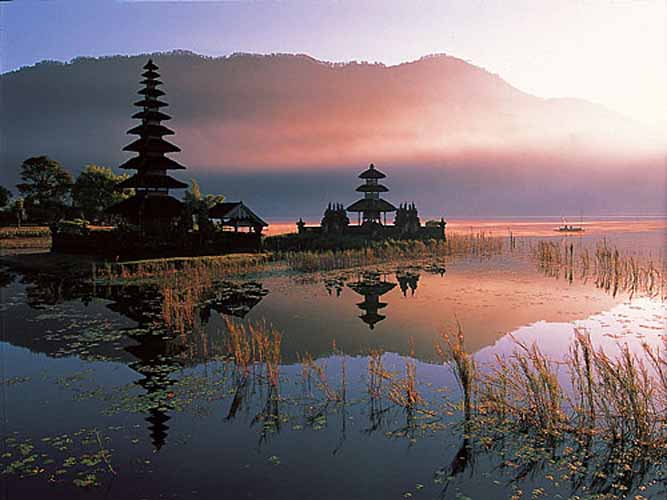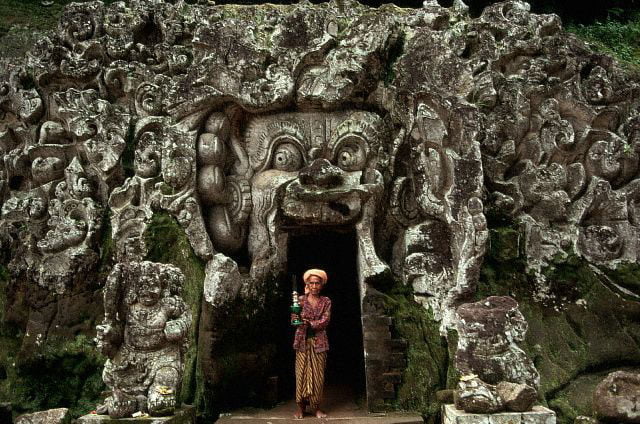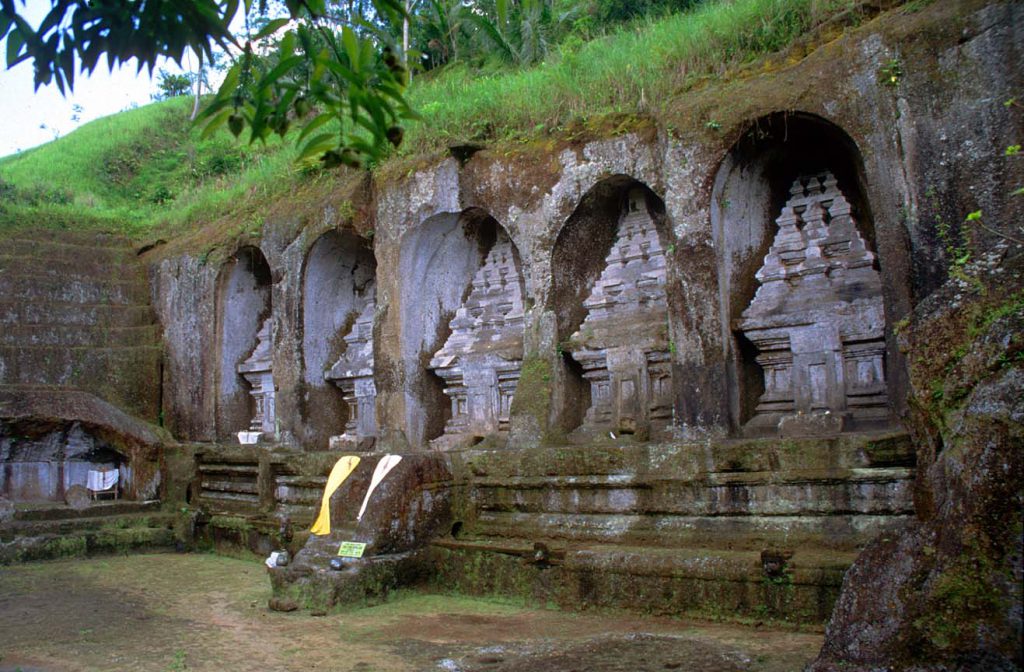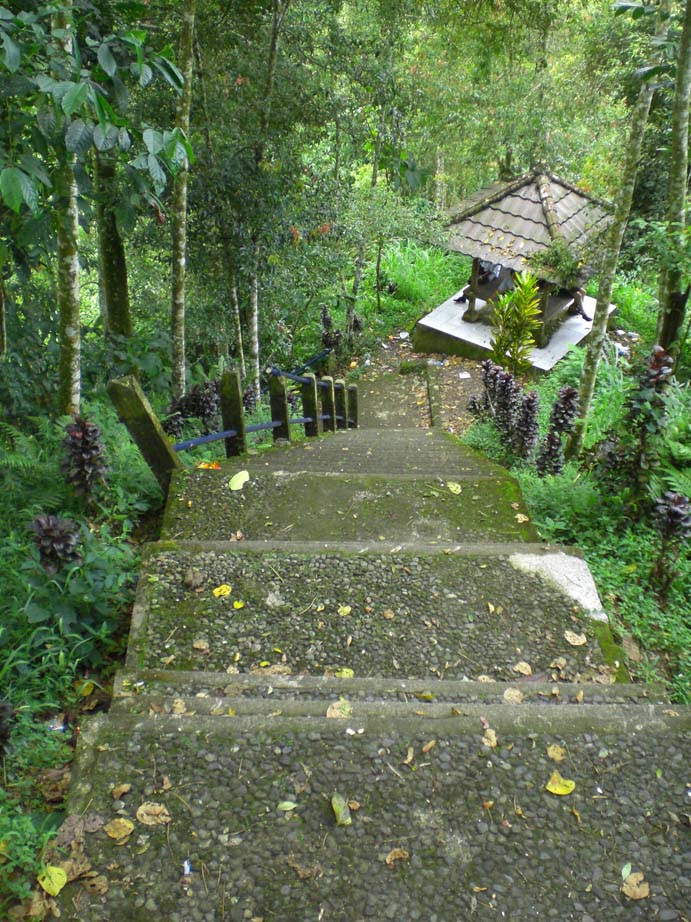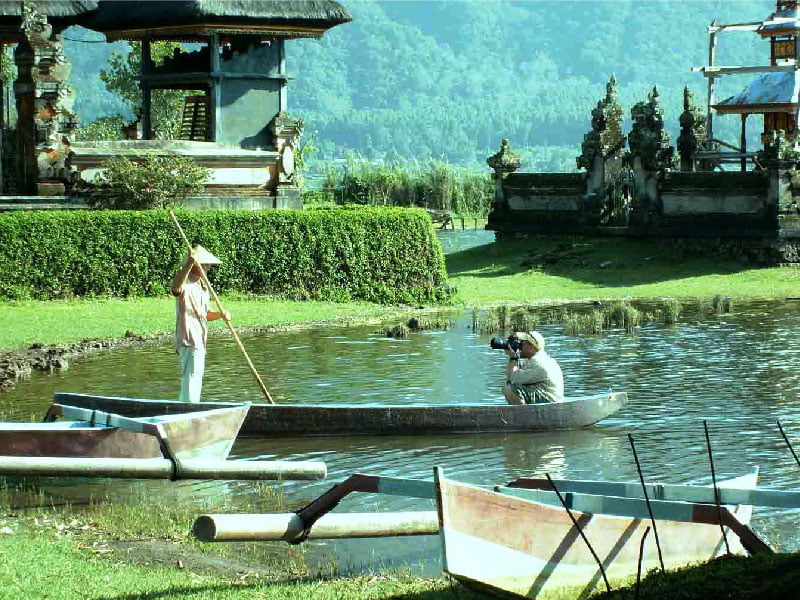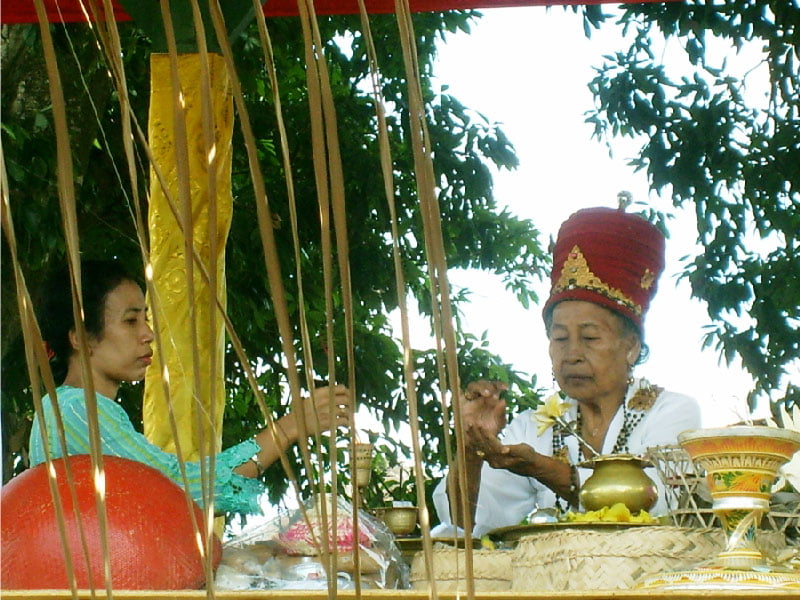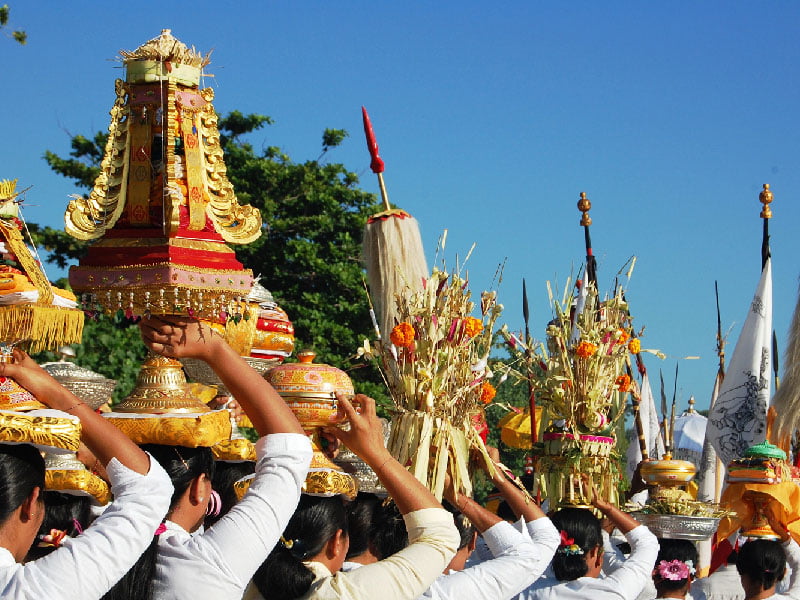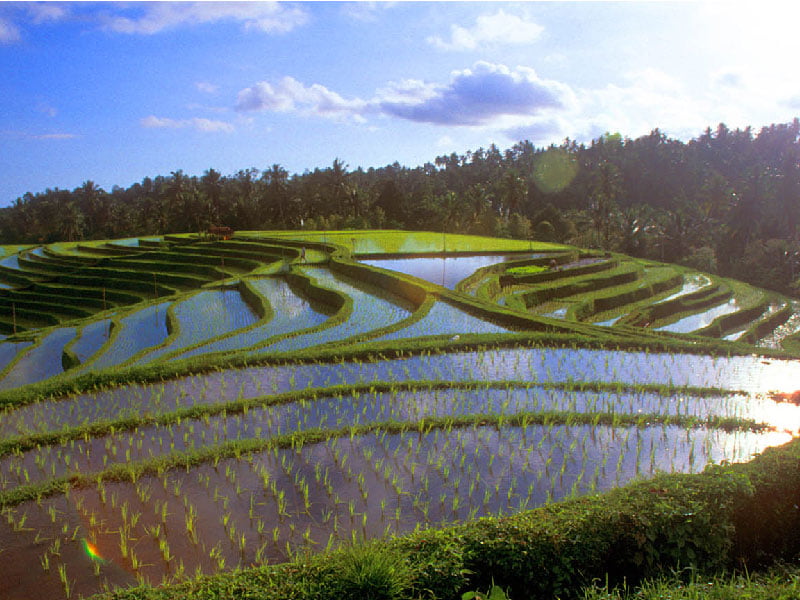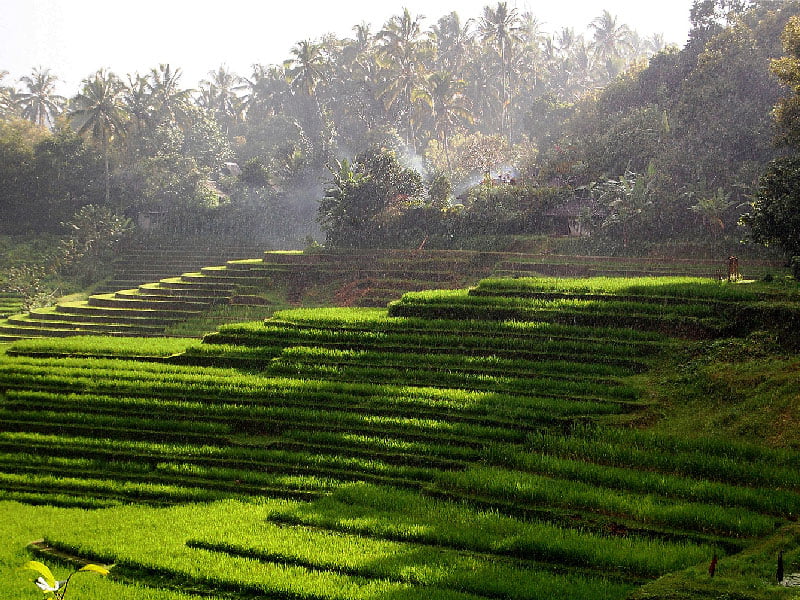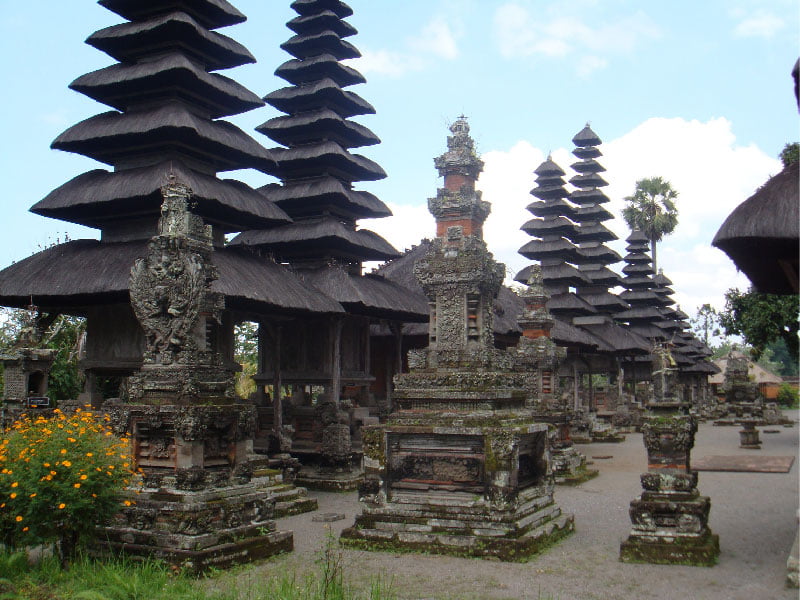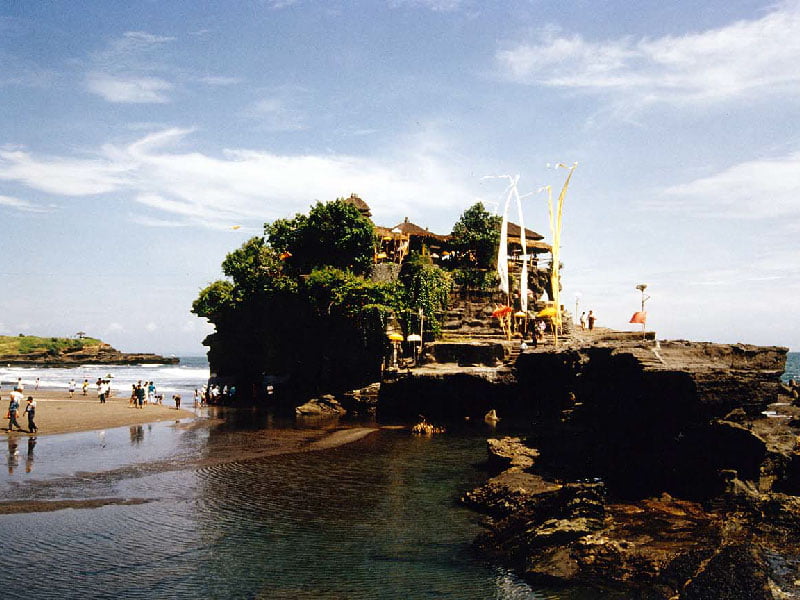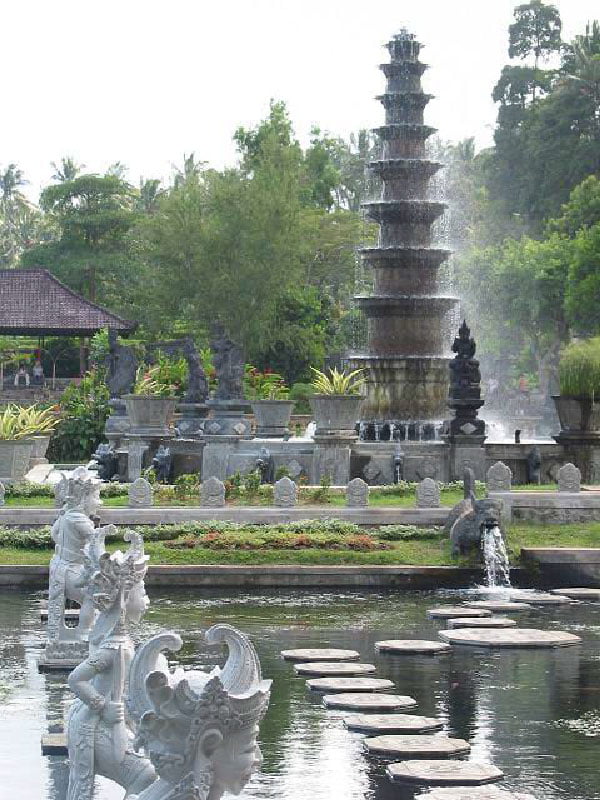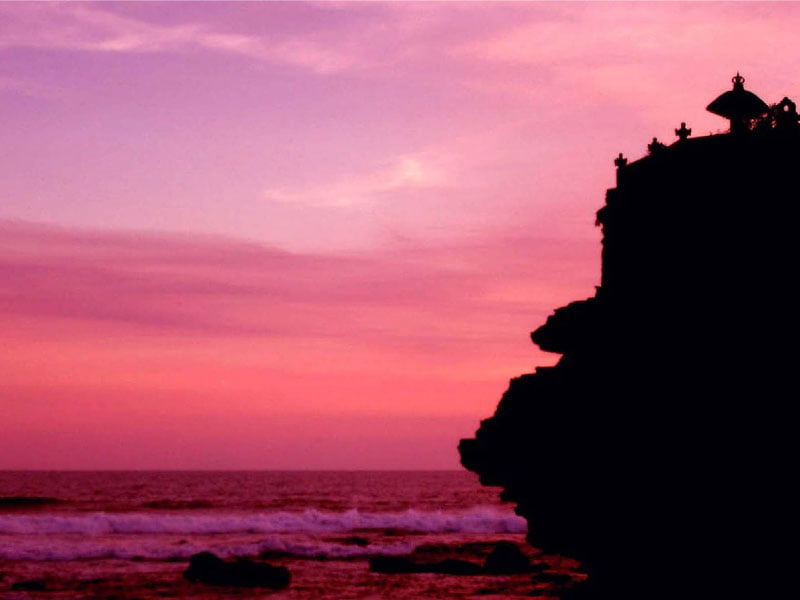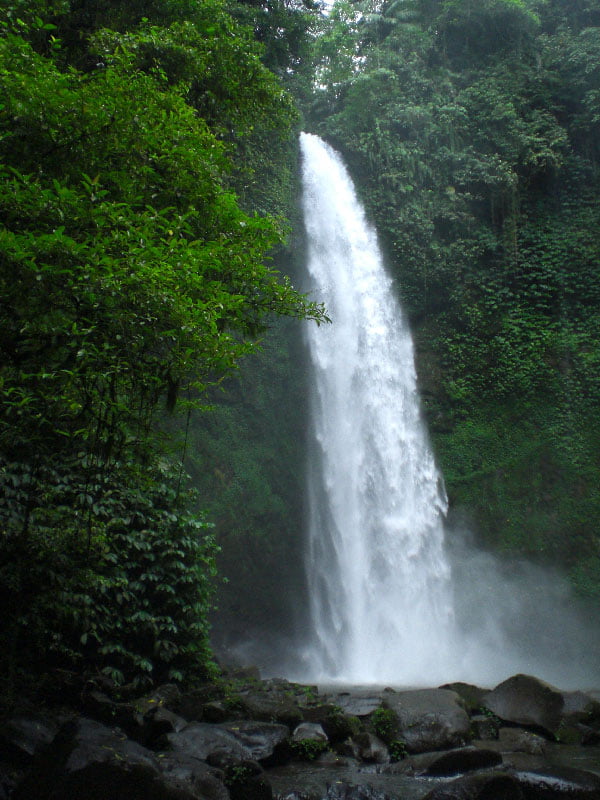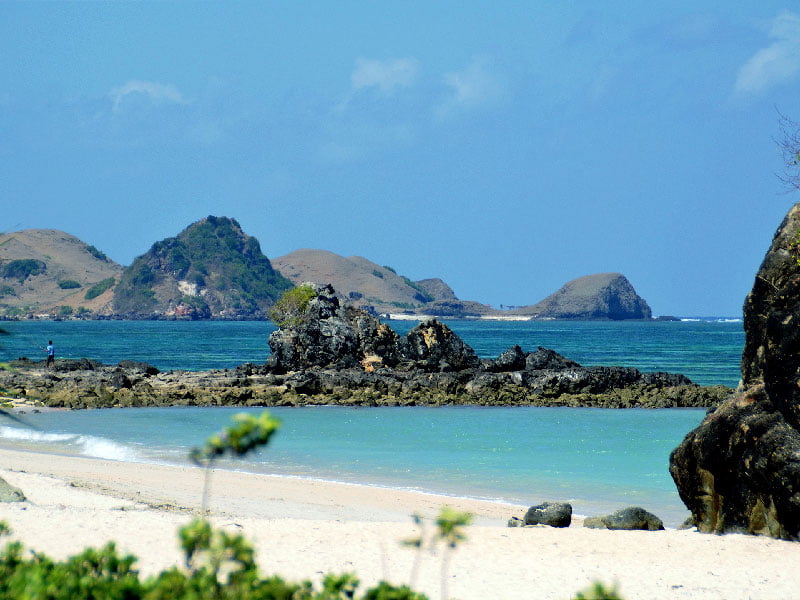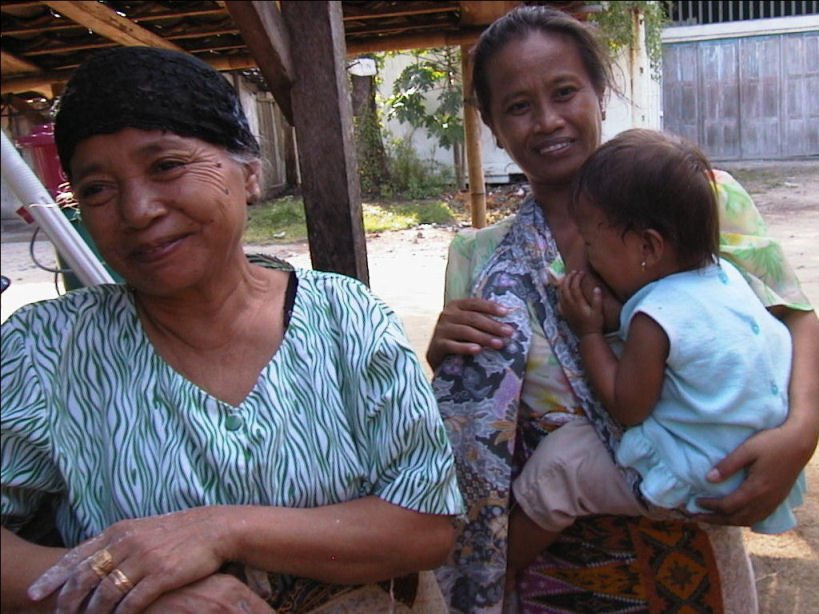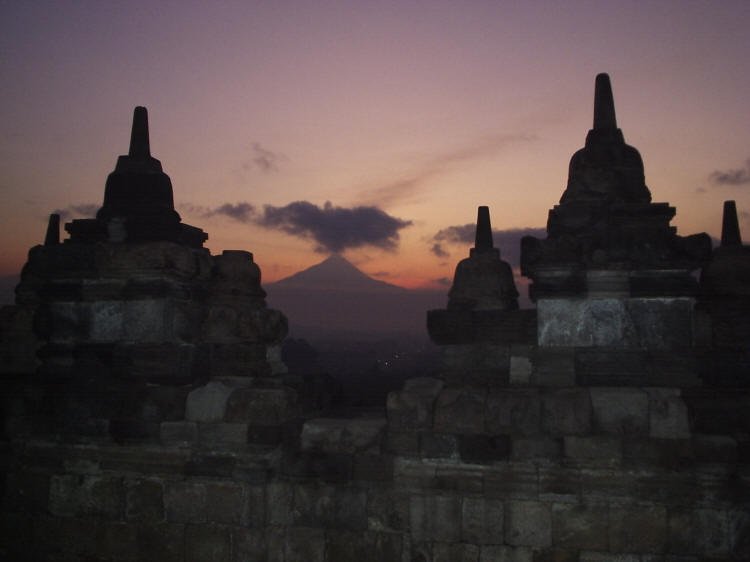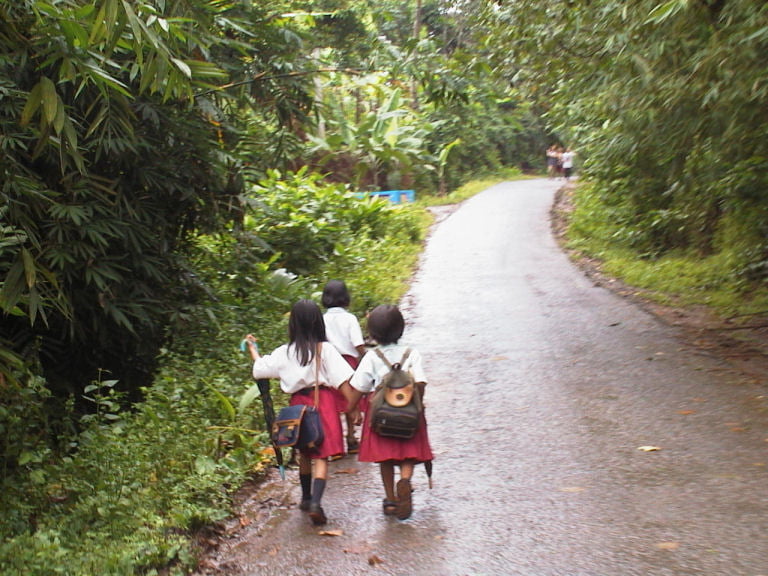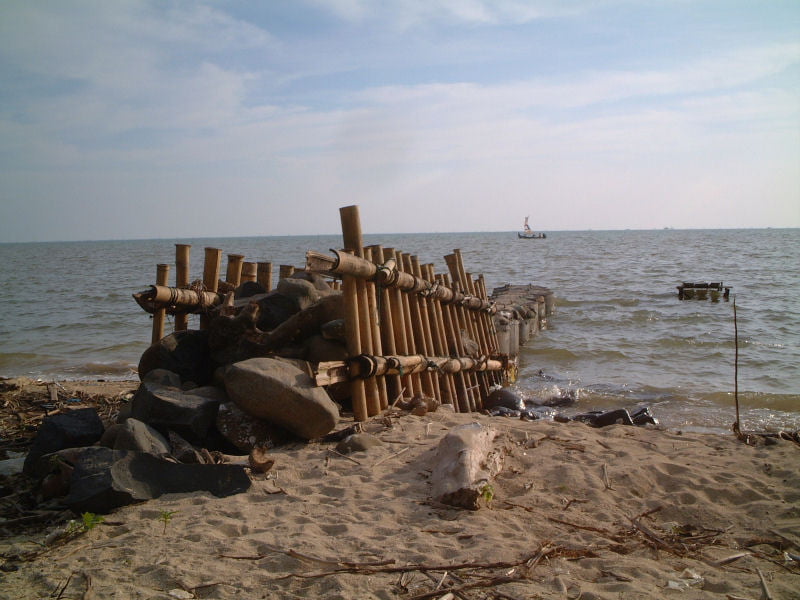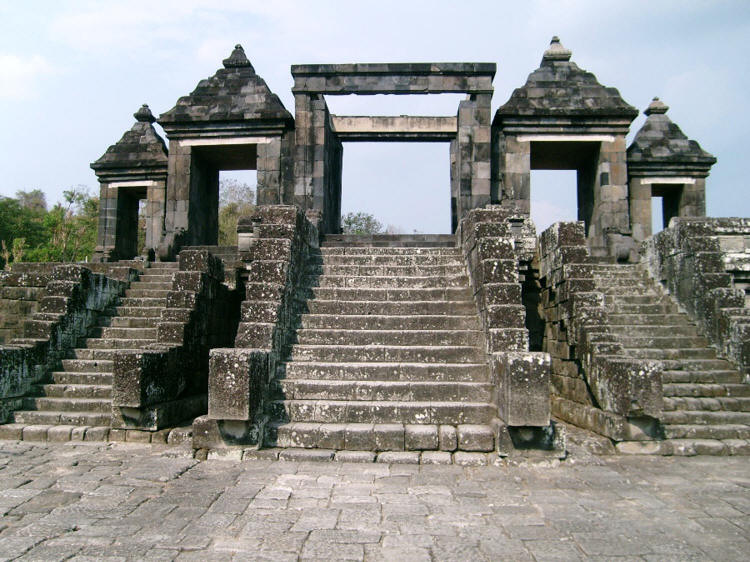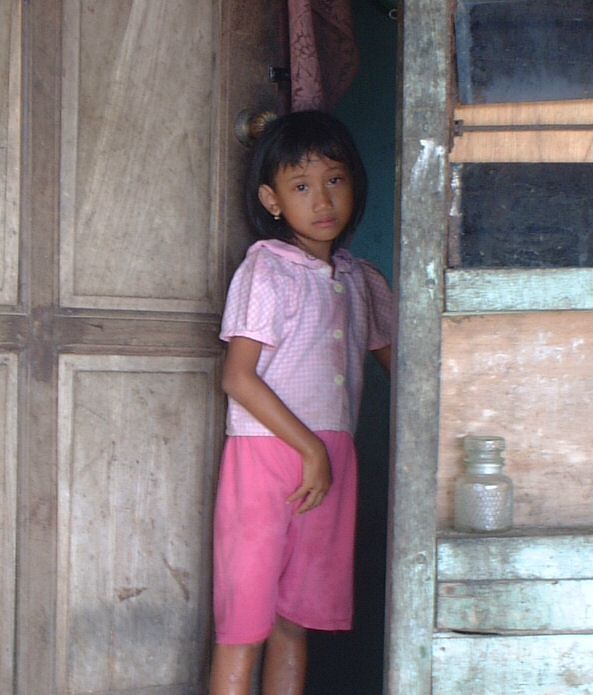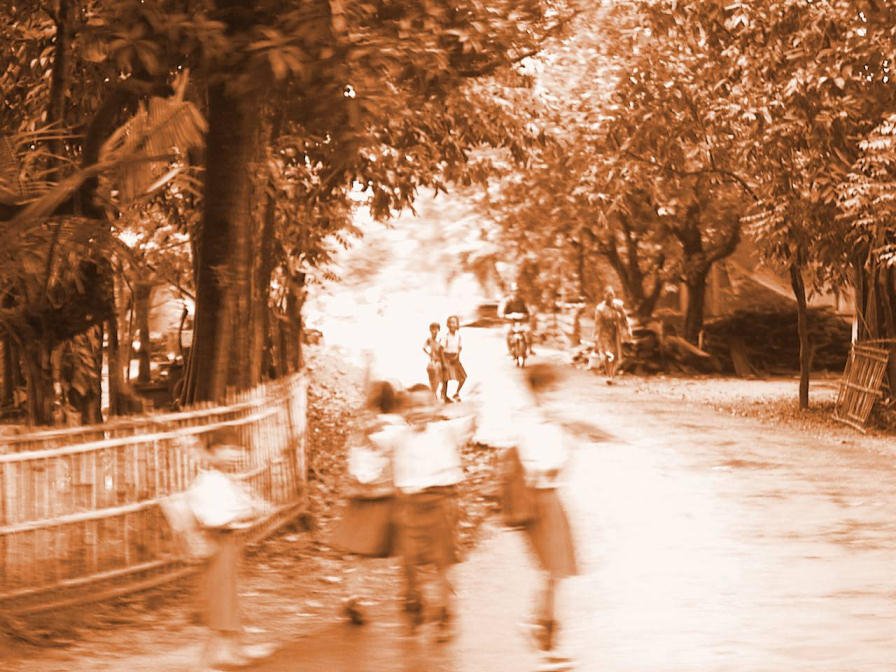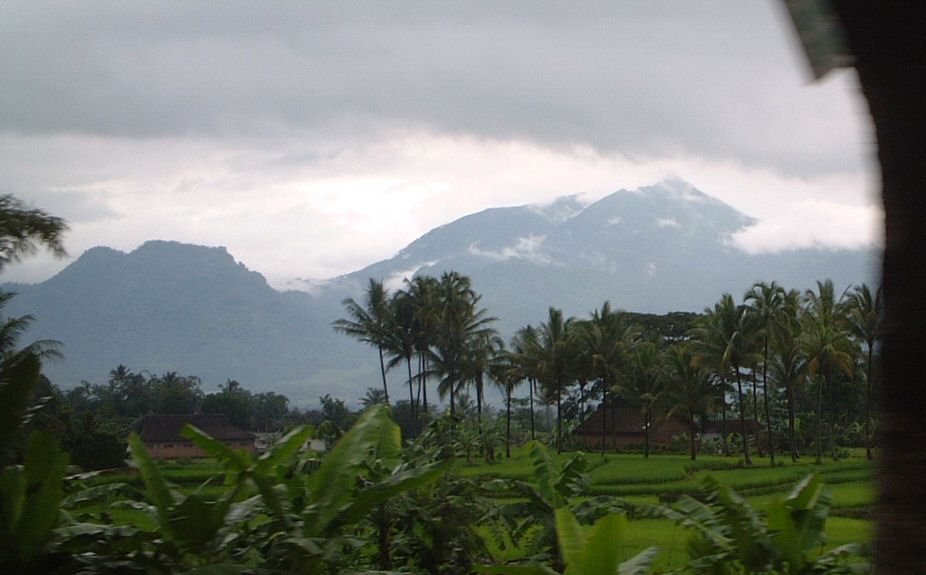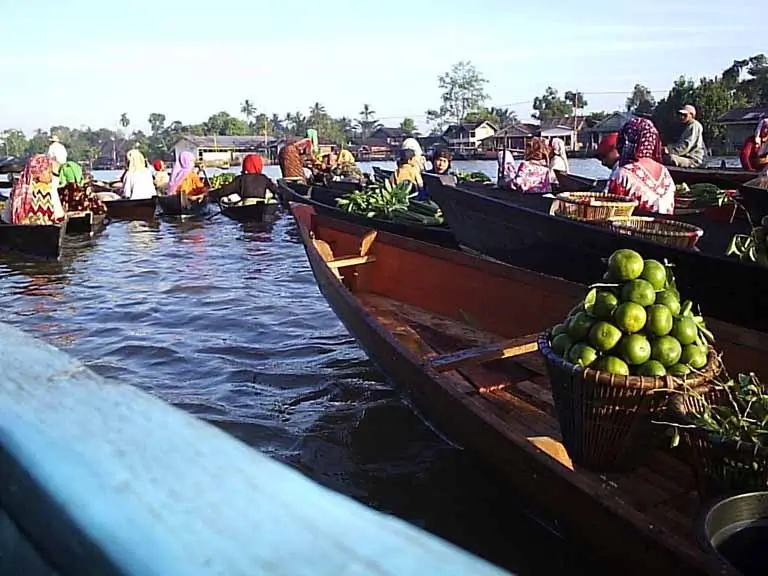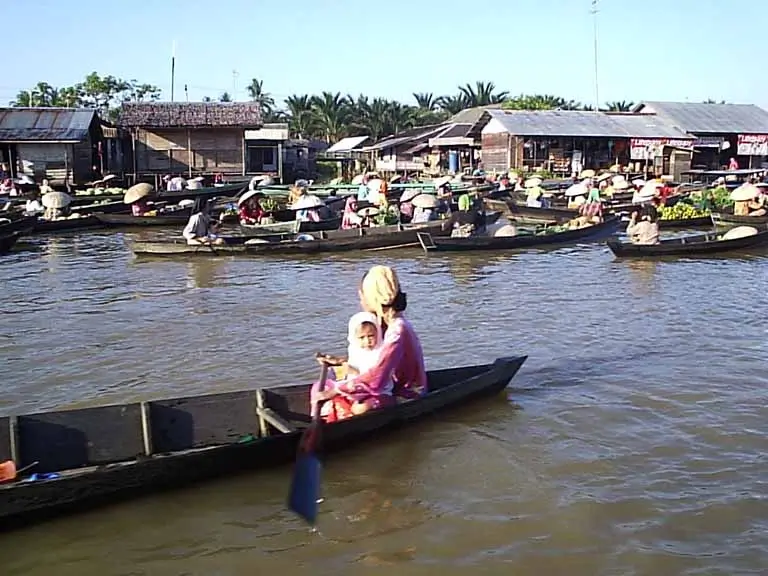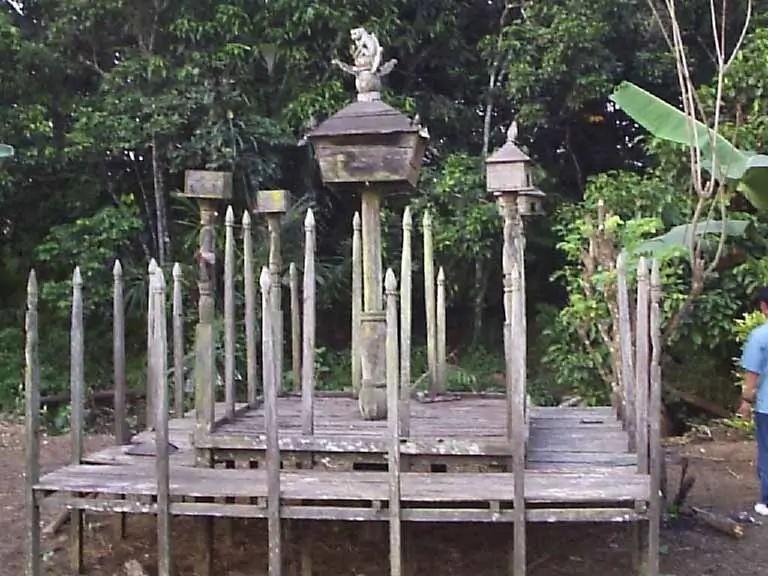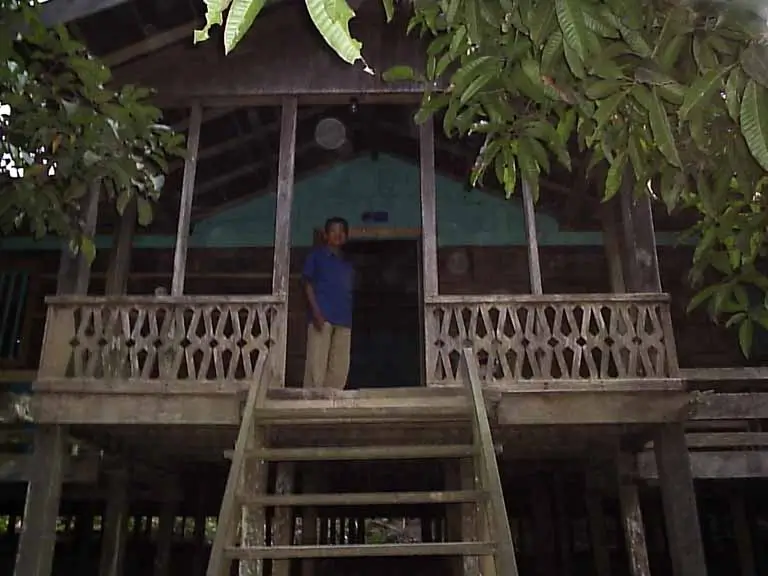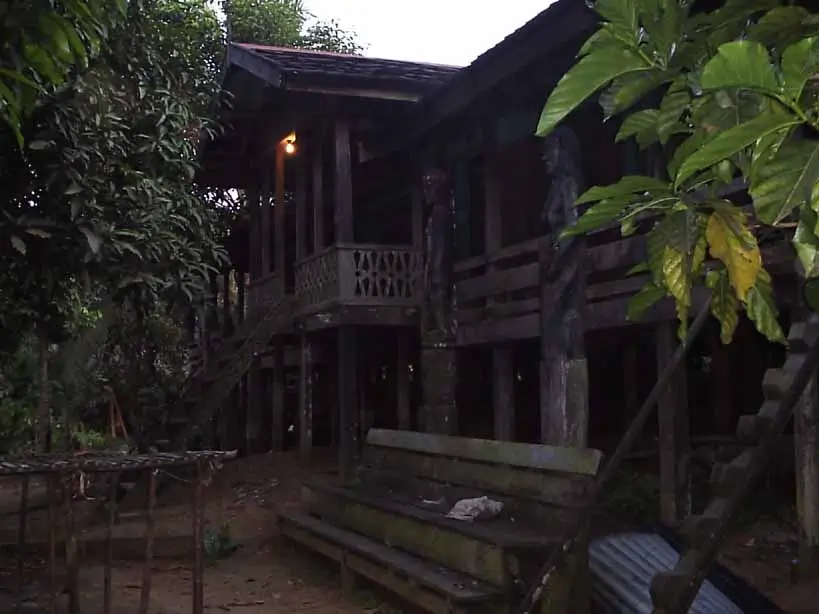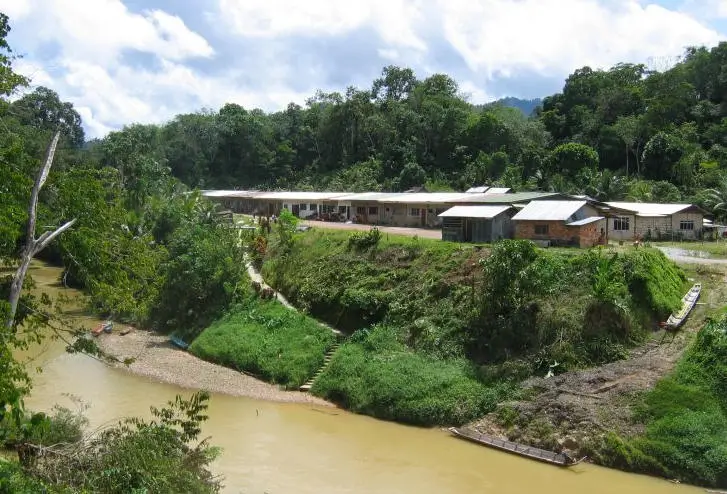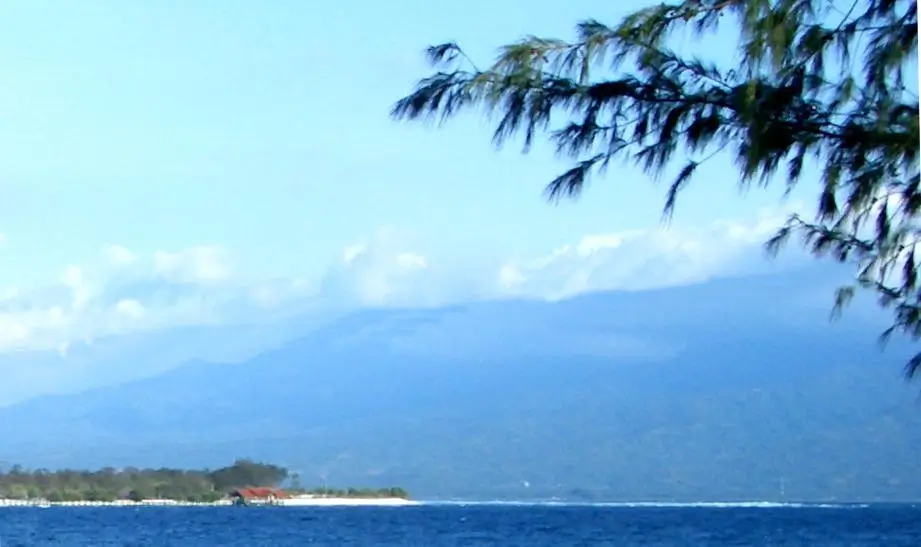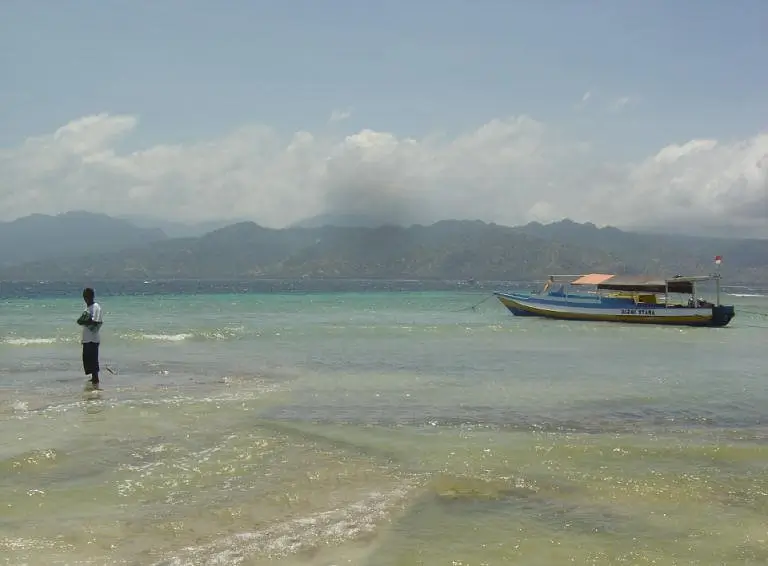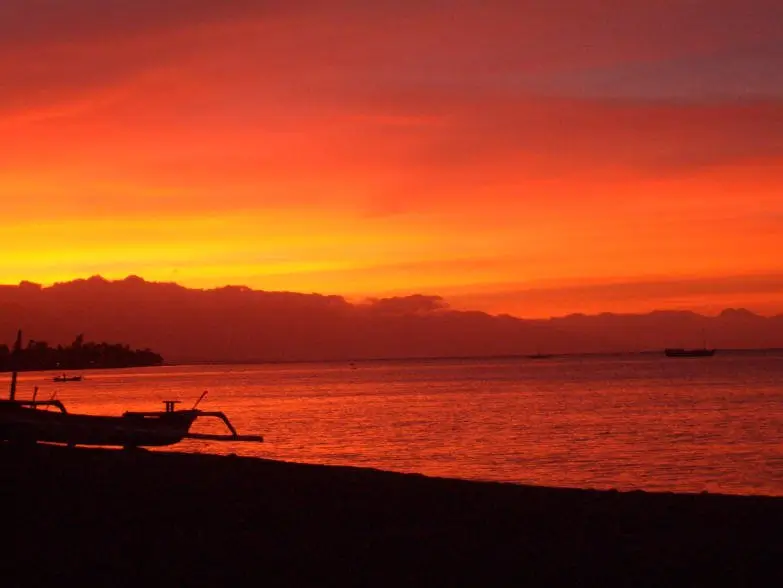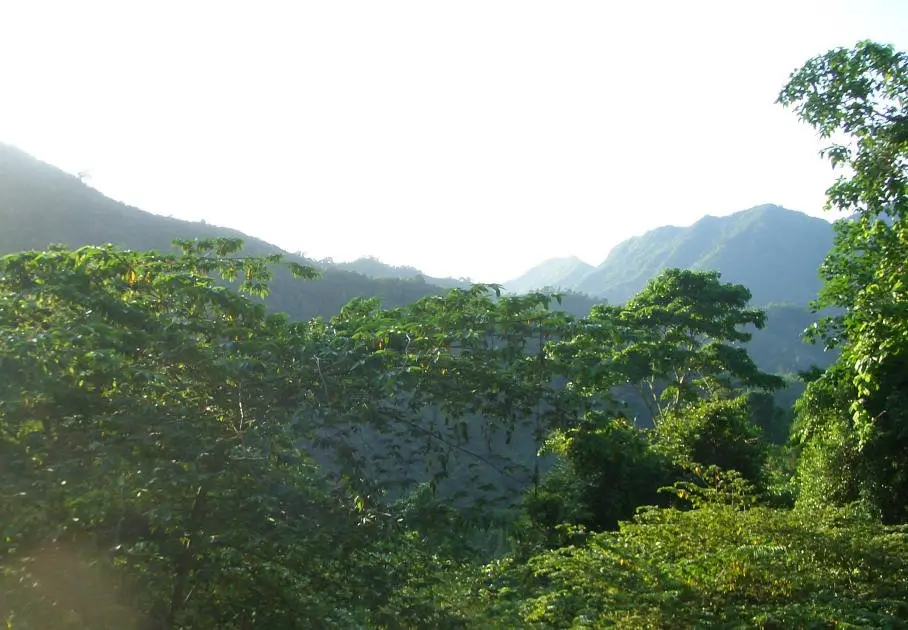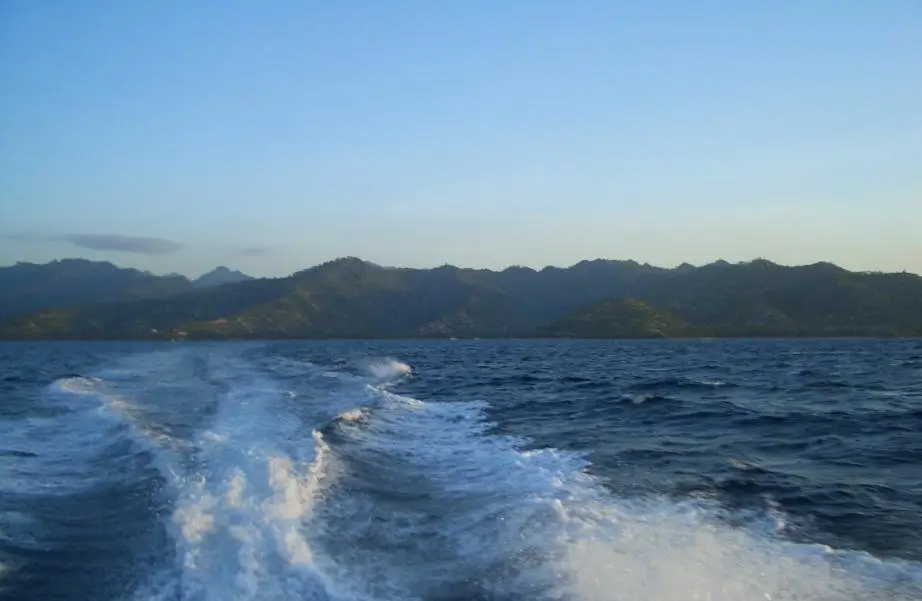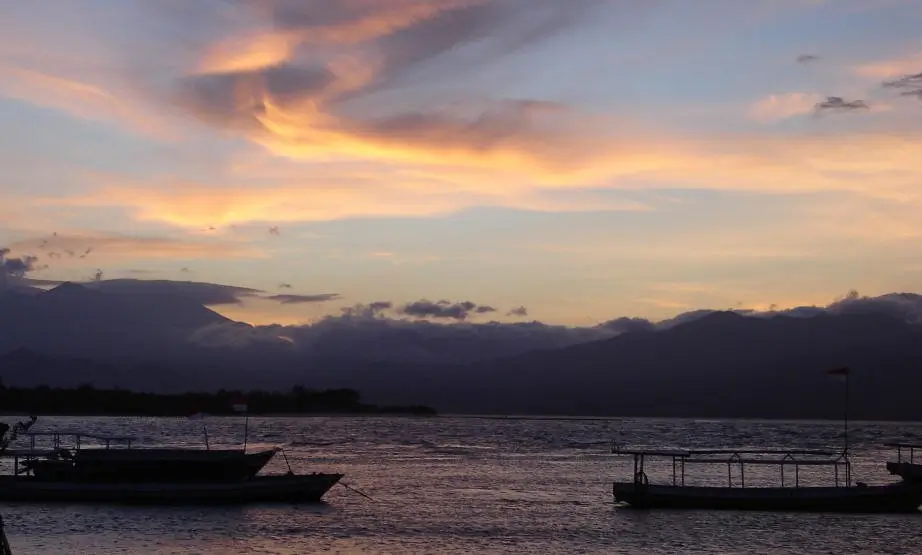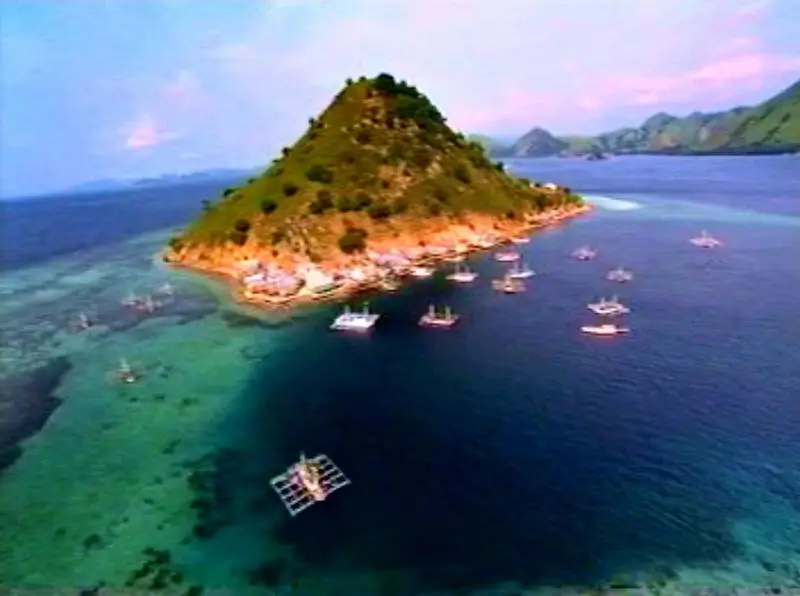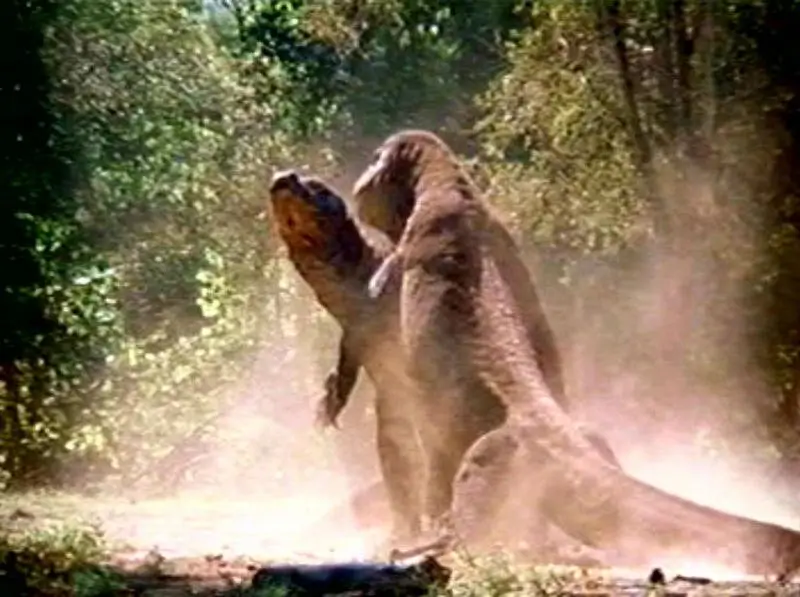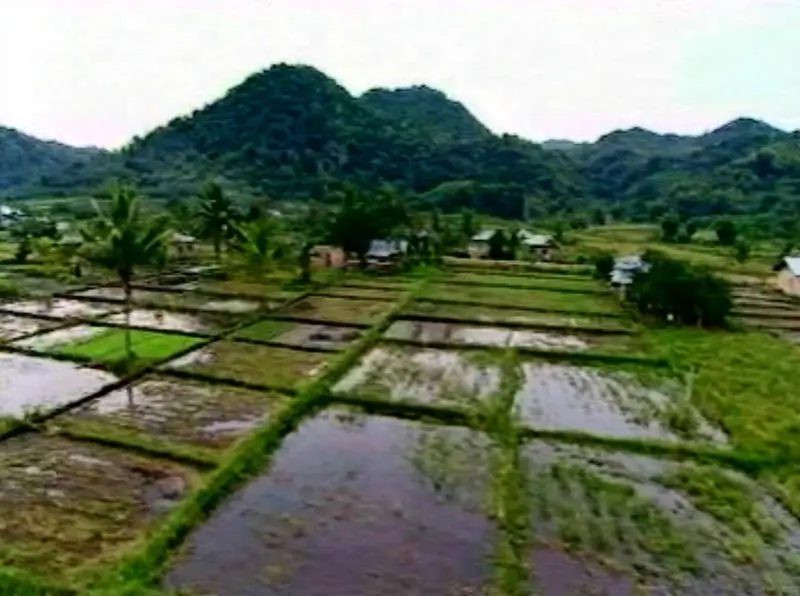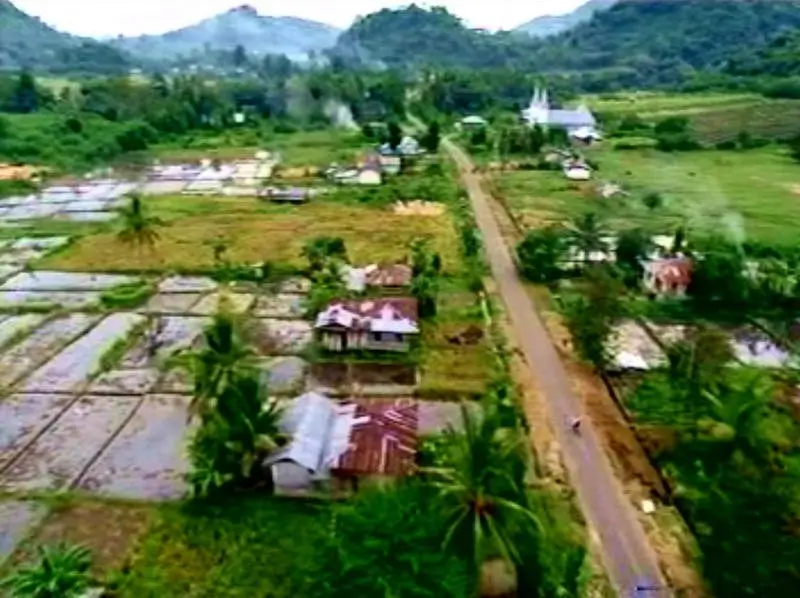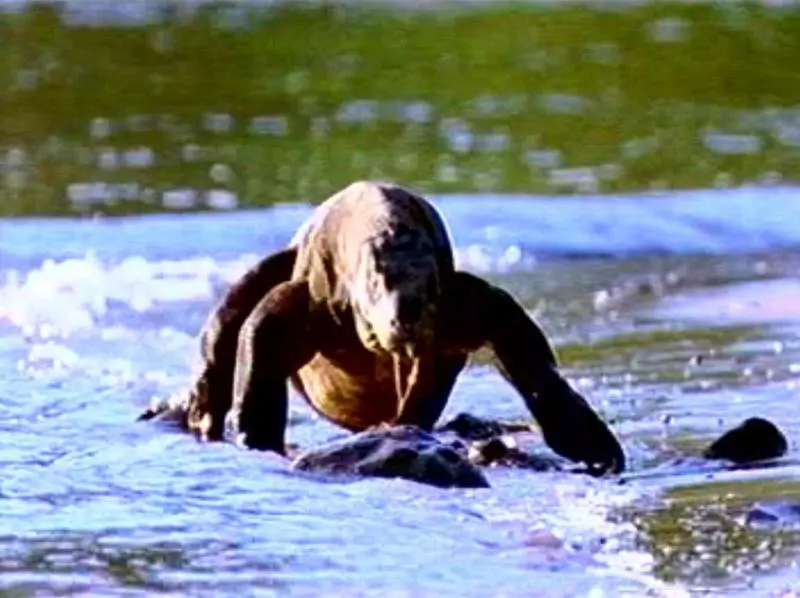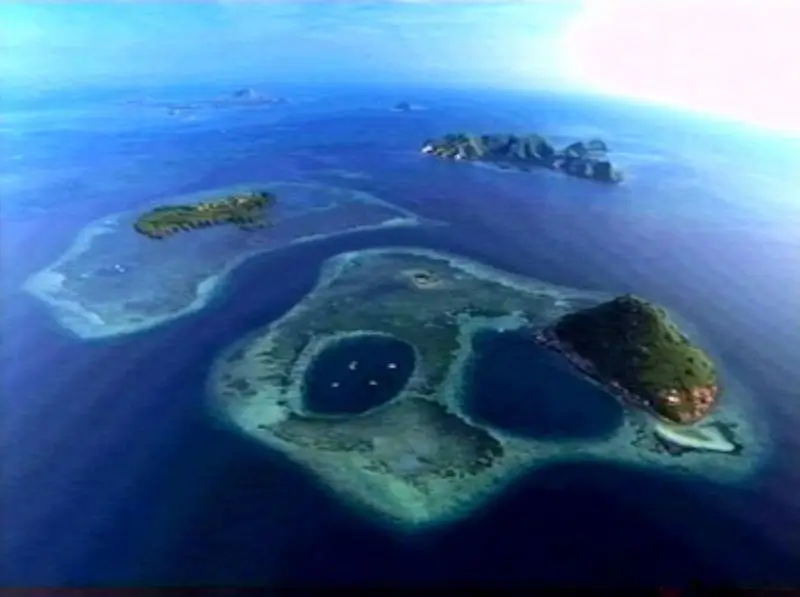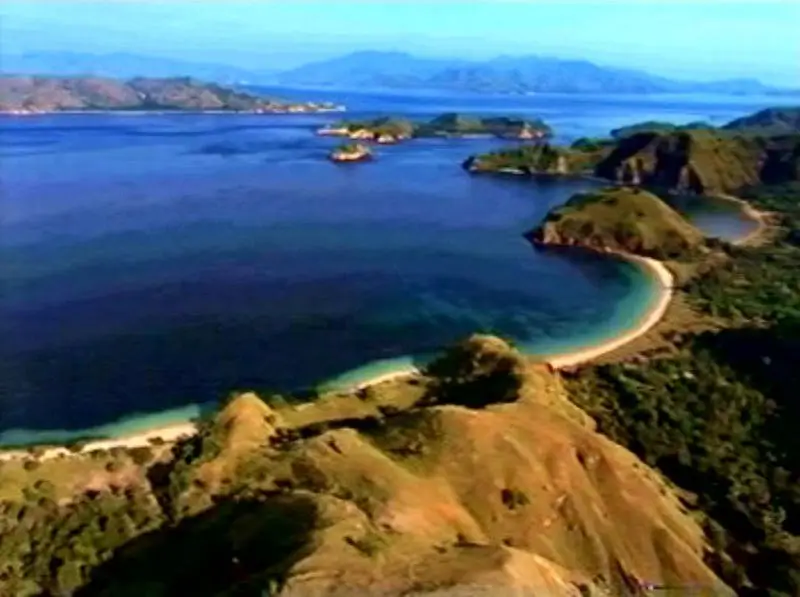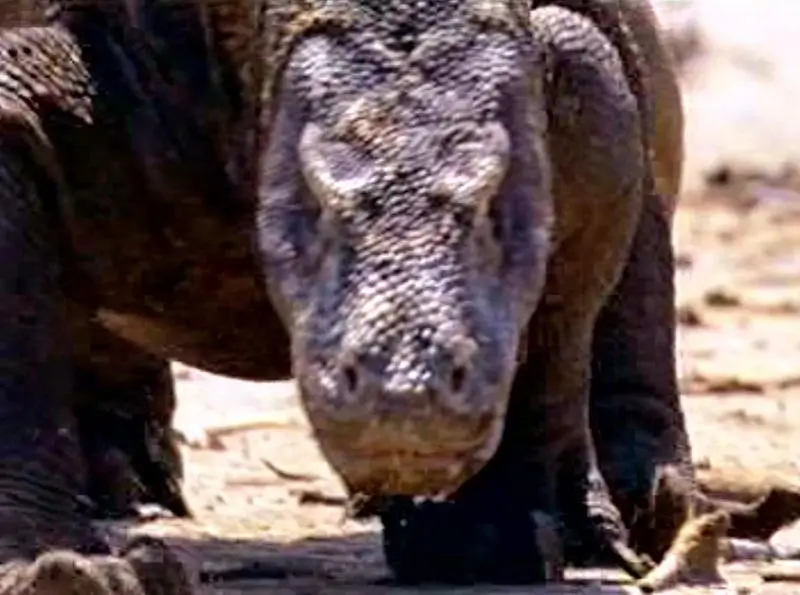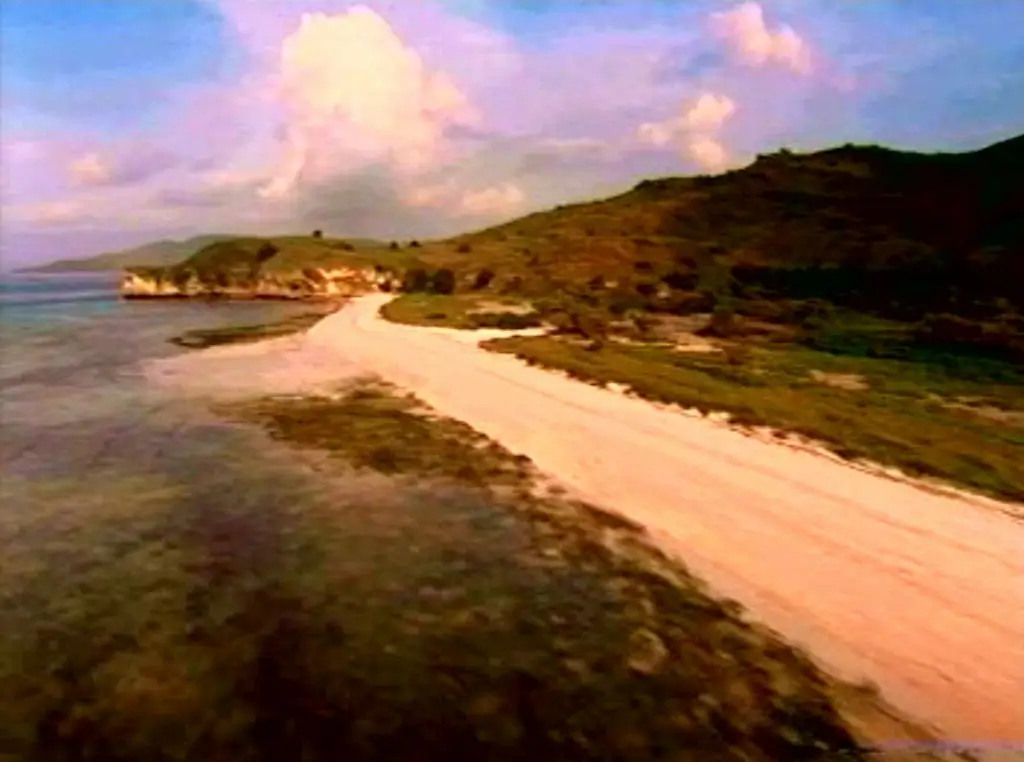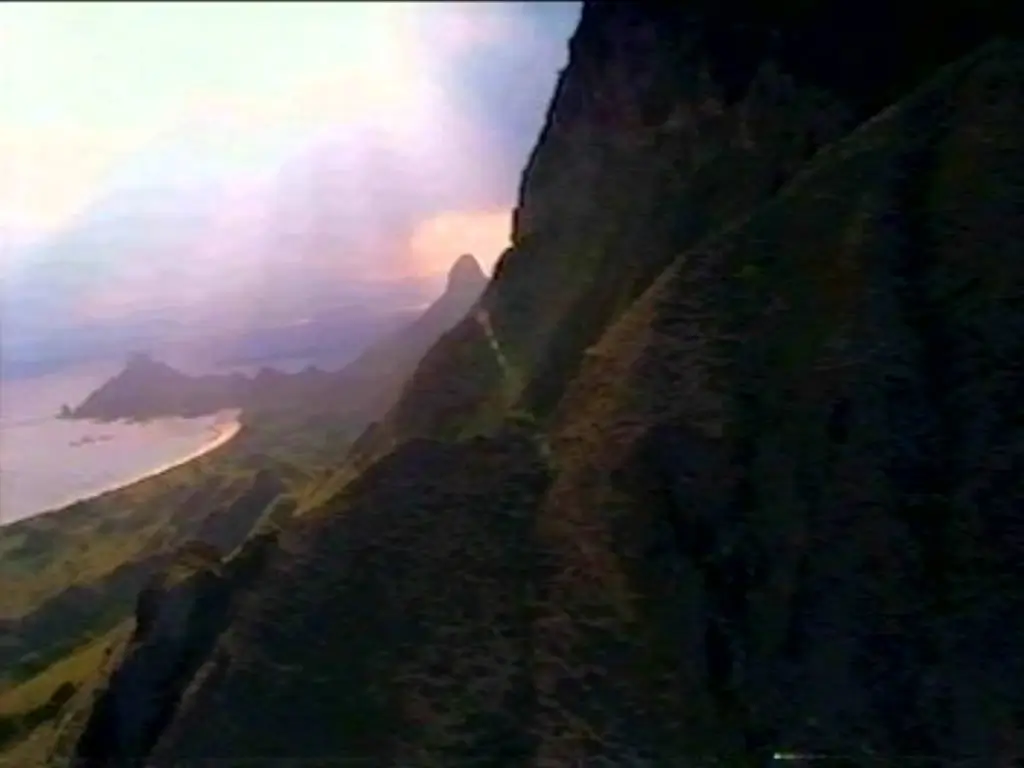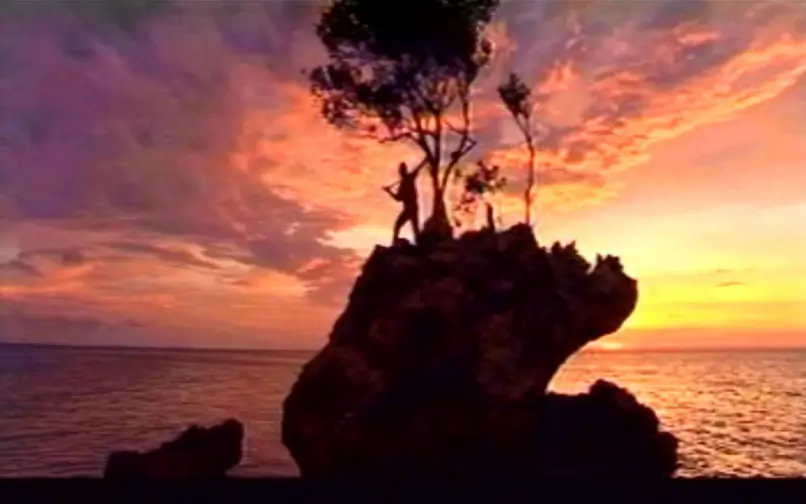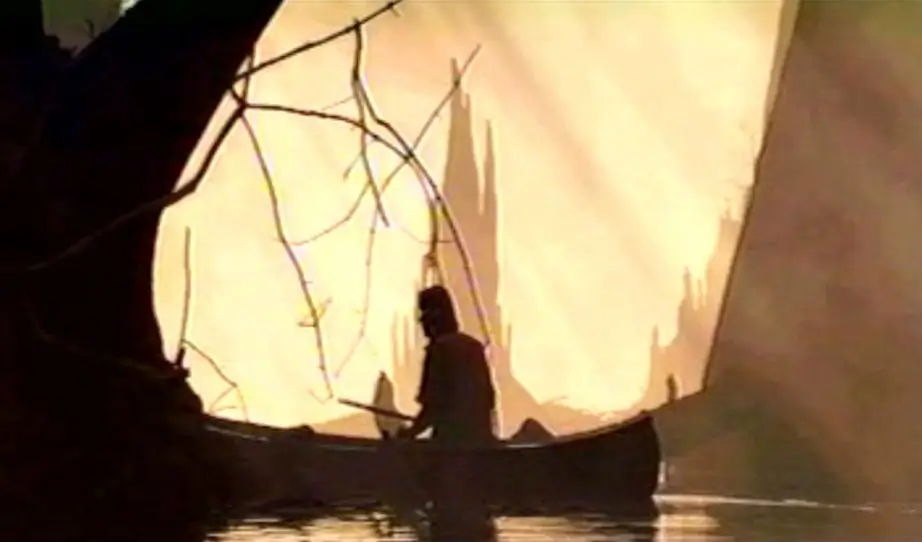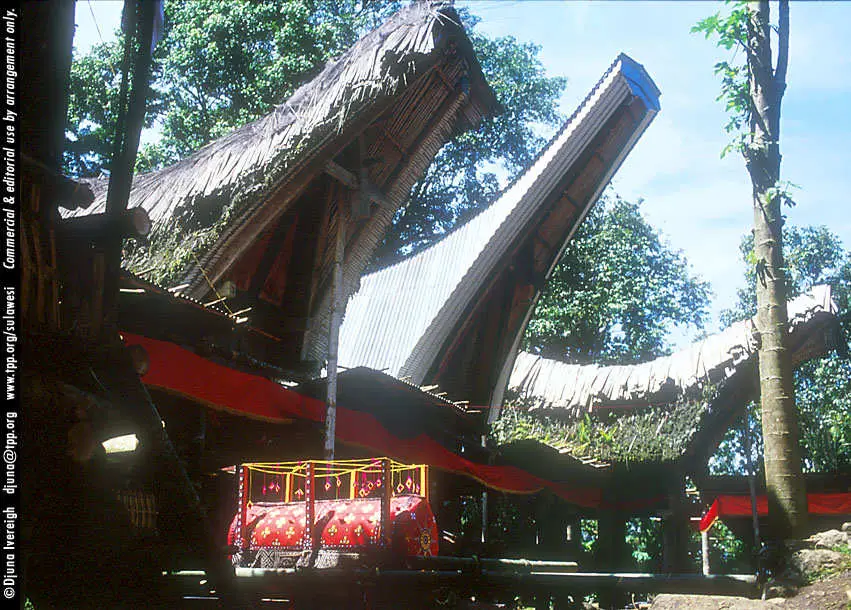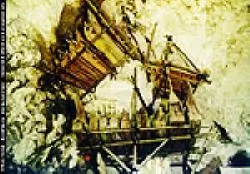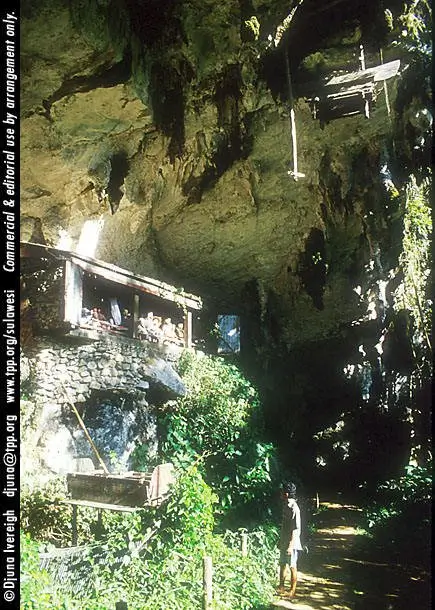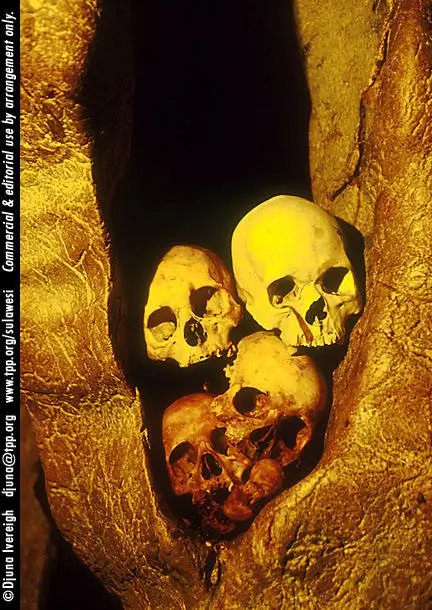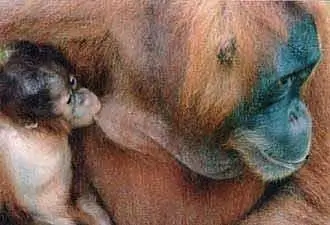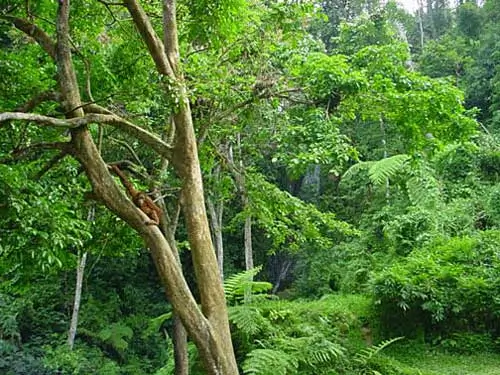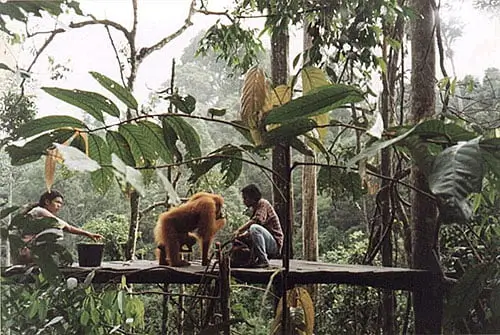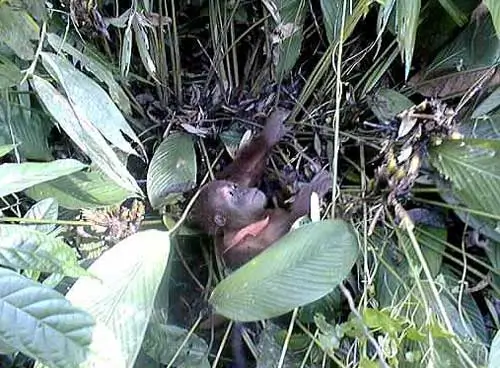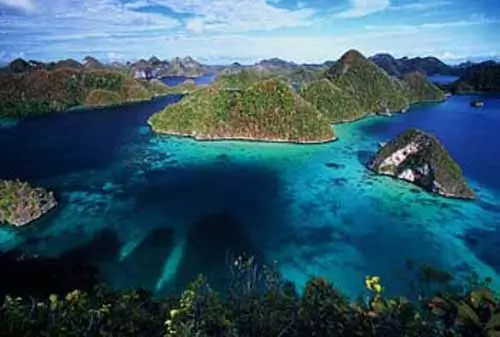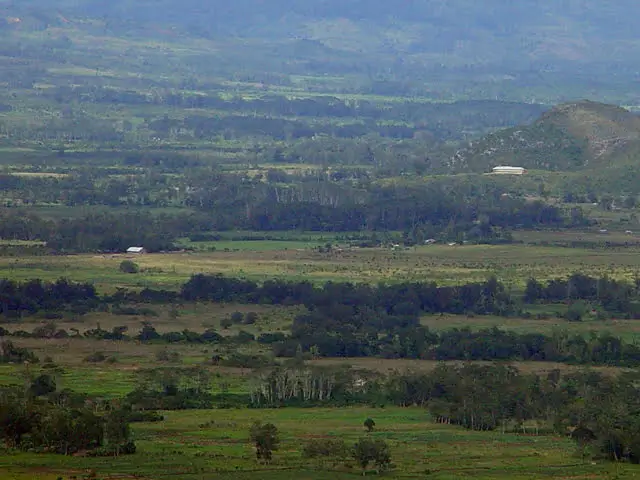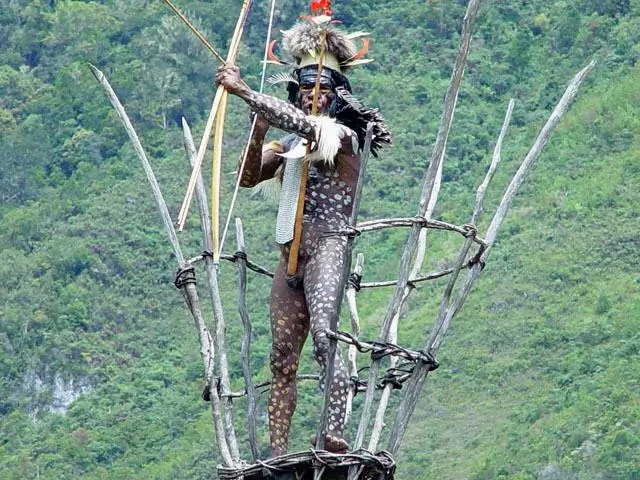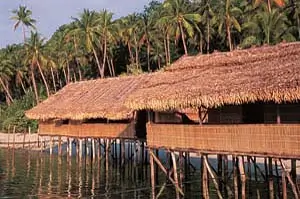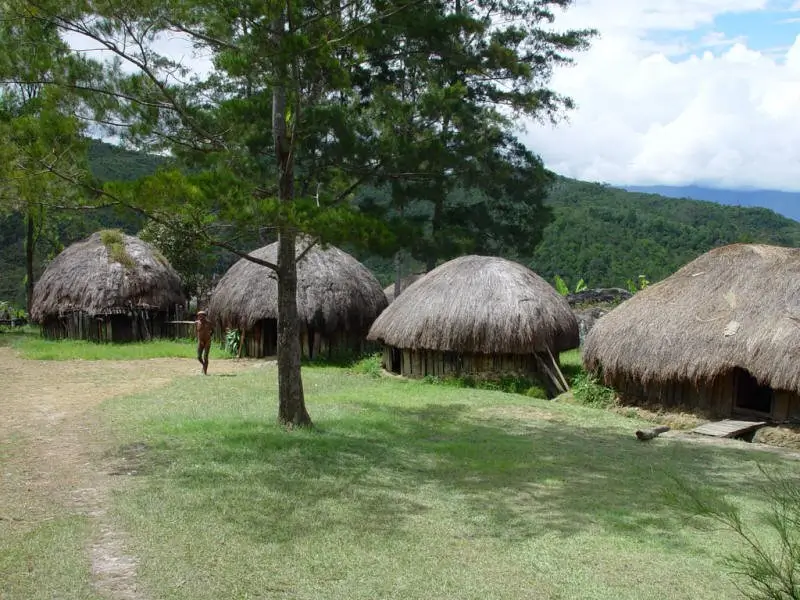Explore Indonesia
In Indonesia there is very little visual background that cannot be provided for any action or era somewhere among its 17,000 islands stretching over 5,000km. In this vast geographically and culturally diverse country, scenes can be set amid literally one of a thousand temples, a trail of extinct and active volcanoes, among ancient and stunningly terraced rice fields, palatial ruins, colonial buildings, royal water gardens, deserted pink, gold and black sand beach islands, lush tropical rainforests packed with unique flora and fauna, tribal villages, ocean cliffs or stone cities.
Being the world’s fourth most populous nation Indonesia has a large labor force at reasonable costs, plus unlimited numbers of extras available on short notice from 350 different ethnic groups, including people of Polynesian, Central Asian, Indian, Middle Eastern, Papuan, Melanesian, Aboriginal, Portuguese and Dutch descent, with a large expatriate population from across the globe.
Discover More Locations
Bali, also know as Island of the Gods, is home to a culture of rich spiritual existence and an accommodating, willing and extremely talented population at its core. Renowned for its wealth of traditional villages and colorful ceremonial life, the island has ideal weather conditions and abundant natural resources.
- There are three main marine ports: Benoa, Gilimanuk, and Padangbai
- The highest point is Mount Agung at 3,031 meters (10,211 feet)
- There are four lakes: Batur, Bratan, Buyan, and Tamblingan
- There are two notable caves: the Elephant Cave and the Bat Cave
- The island has eleven volcanoes, with Mount Batur still active
- Beaches feature black, white, and yellow sand
- The island is home to numerous temples and with Pura Besakih being the main center
Gallery of Bali
The island of Java is incredibly beautiful, particularly in the western and central regions, where rice fields, palm forests, plantations and volcanoes shape the land from early Javanese civilization.
- Krakatau (the famous volcano which erupted on the 26 August 1883)
- Ujung Kulon National park covers the southwest point of Java. Here live the last Javanese rhinos.
- Borobudur Temple is the world largest Buddhist monument built between 780-850, situated to the west of Yogyakarta.
- Mount Bromo is the most active and famous volcano in East Java in the Bromo Tengger Semeru National Park.
Gallery of Java
Kalimantan is truly one of the last great wilderness regions on the planet. A huge, sparsely populated landmass known as the “River of Diamonds” with vast rainforests and enormous mineral wealth.
- Large nature reserves for wildlife from exotic animals such as: orangutans, clouded leopards, tarsiers and proboscis monkeys
- Exotic plants such as: enormous Rafflesia flower
- Cascading rivers: Mahakam, Kapuas, Apokayan, Kahayan, Martapura and Barito River in Banjarmasin known as the “Venice of the East” with bustling floating vegetable and fruit markets
- Dayak carvings, handicrafts and traditional longhouses
Gallery of Kalimantan
Photos from Almayer’s Folly – except longhouse photo, from Wikipedia
West Nusa Tenggara consists of Lombok with its interior consisting of luscious jungle surrounding the huge volcanic centerpiece of Gunung Rinjani and Sumbawa with near-perfect, white sand beaches, azure seas and delightful tropical islands a short distance offshore.
- Narmada Temple compound with its artificial lake in the shape of Segara Anak in the crater of the Rinjani volcano
- Gili Island such as Gili Air, Gili Meno, and Gili Trawangan are known for their white sand beaches and spectacular snorkelling and scuba diving
- Kuta Beach in Lombok is famous for ‘Nyale’ (fluorescent worms) that come to the surface in February or sometimes March
- Mayura Water Palace in Cakranegara-Mataram built in 1744
Gallery of Lombok
East Nusa Tenggara is the southernmost province of Indonesia. It comprises the eastern portion of the Lesser Sunda Islands.
- Labuan Bajo, Flores has the best views of the harbor with excellent snorkeling, sunbathing and swimming
- Komodo and Rinca Islands are home to the largest lizard, a veritable dinosaur known as the Komodo ‘Dragon’.
- Sumba is a dry island south of Komodo, distinguished by spectacular rituals, huge megalithic gravesites, peaked houses and beautiful ikat cloths
- East Timor, Dili has Mediterranean aspects with stunning sunsets and a gleaming white cathedral
Gallery of East Nusa Tenggara
All Photos are from Austin Stevens’ Snakemaster TV Show
Sulawesi, is the one of the most beautiful regions of Indonesia. Rugged mountains and green terraces form a perfect backdrop for the Toraja Villages with their magnificent traditional houses
- A uniquely shaped island in Indonesia, known for its rich cultural heritage and diverse ecosystems.
- Cities like Palu, Manado, and Gorontalo are important regional centers, offering a mix of coastal beauty and mountainous landscapes.
- Natural attractions such as Danau Poso, Dumoga-Bone National Park, and Bunaken Island make Sulawesi a hotspot for ecotourism and diving.
- In the highlands, places like Rantepao in Tana Toraja are famous for traditional customs and elaborate funeral ceremonies.
Gallery of Sulawesi
There are approximately 40 million inhabitants of Sumatra belonging to four large ethnic groups plus a strong Batak community made up of six different ethnic groups
- The Bukit Barisan mountain range is the backbone of this 1.700km long island reaching the sea at the west coast. Sumatra is fairly wet even the dry plains have a yearly rain of 2,000mm
- Gunung Leuser National Park has the most spectacular mountain and equatorial forests in Asia and home to most of Sumatra’s extensive range of mammals including tigers, tapirs and rhinoceroses and about 500 bird species
- Bukit Lawang is home of the Sumatra Orangutan Society in rehabilitating and releasing orangutans back into the wild
- It is known for its rich biodiversity, including critically endangered species like the Sumatran tiger, orangutan, and rhinoceros.
- Lake Toba, located in North Sumatra, is the largest volcanic lake in the world and a popular tourist destination.
- The island is frequently affected by earthquakes and volcanic eruptions due to its location on the Pacific Ring of Fire.
Gallery of Sumatra
West Papua is huge land mass of 8,000 sq. km covering the western half of Papua New Guinea, the second largest island in the world.
One fifth of the world’s languages are spoken here.
The 2,000 km long central mountain range running the length of the island is the island’s most distinctive topographical feature.
Small permanent snowfields and relic glaciers grace the highest elevations (Puncak Jaya 4,884m)
Climate average is hot (27°C) and sultry (60-100% humidity) in the lowlands and can be cold (as low as 5°C) in the highlands

